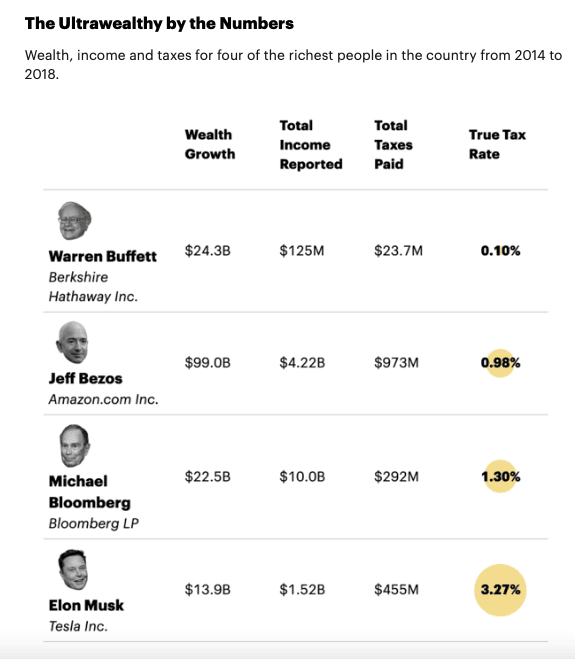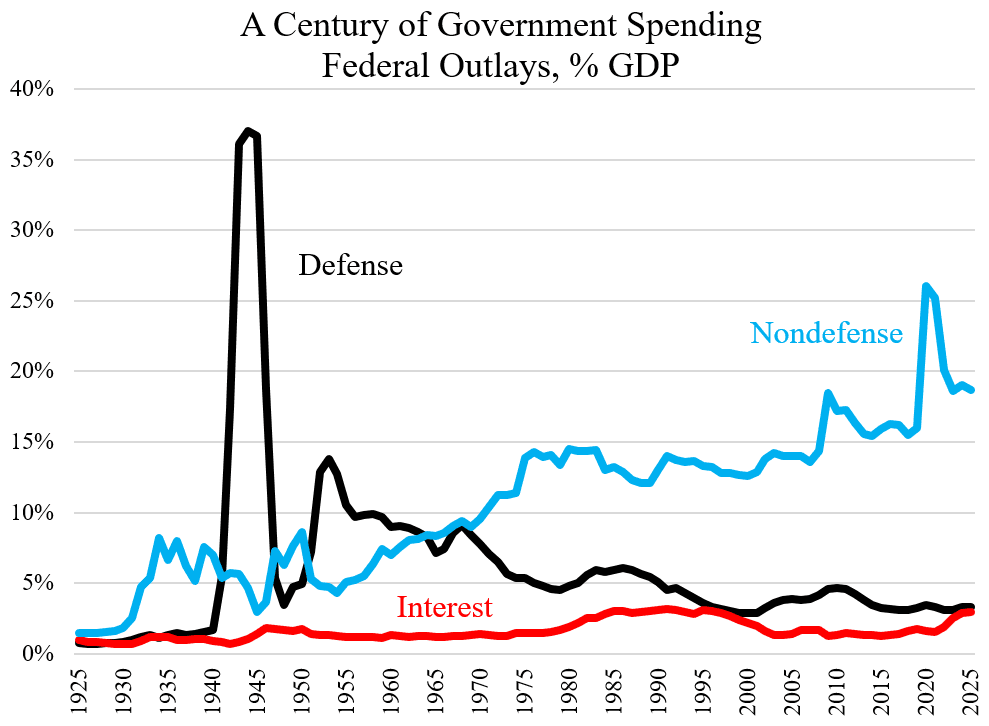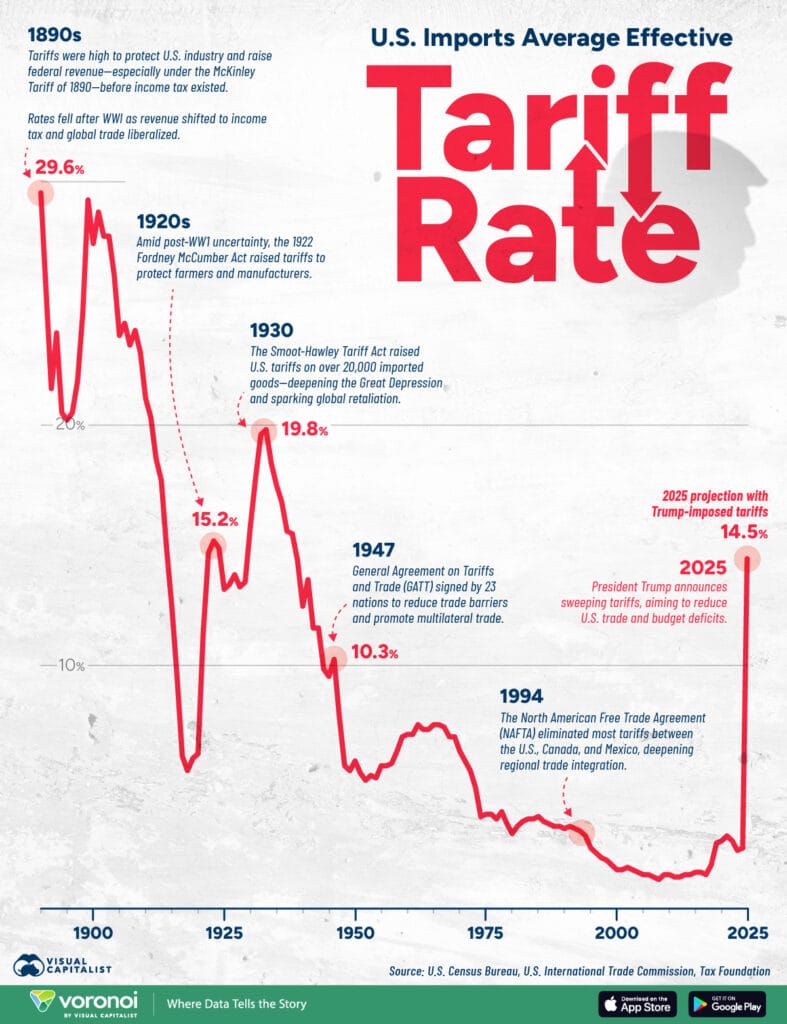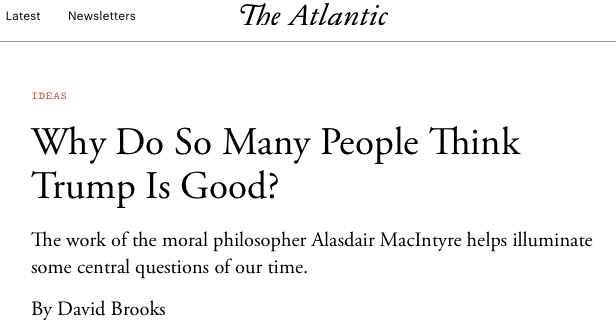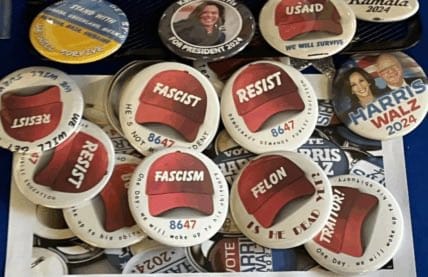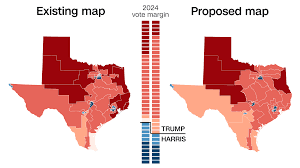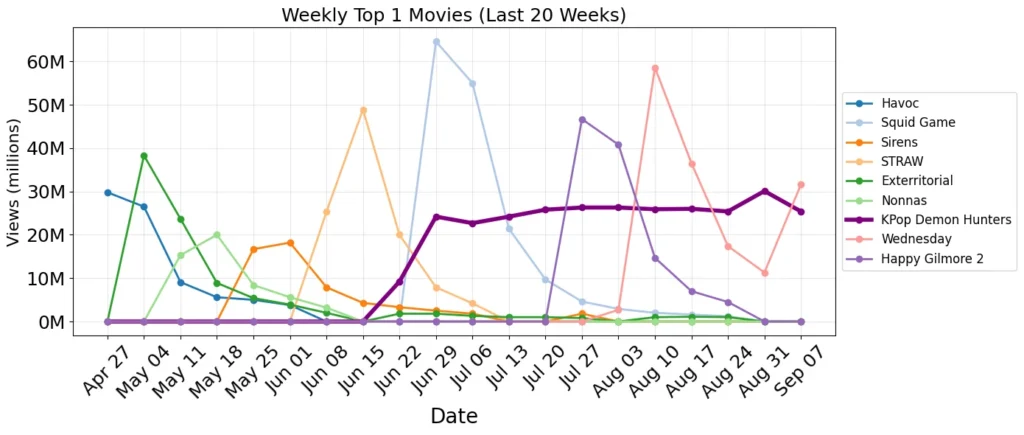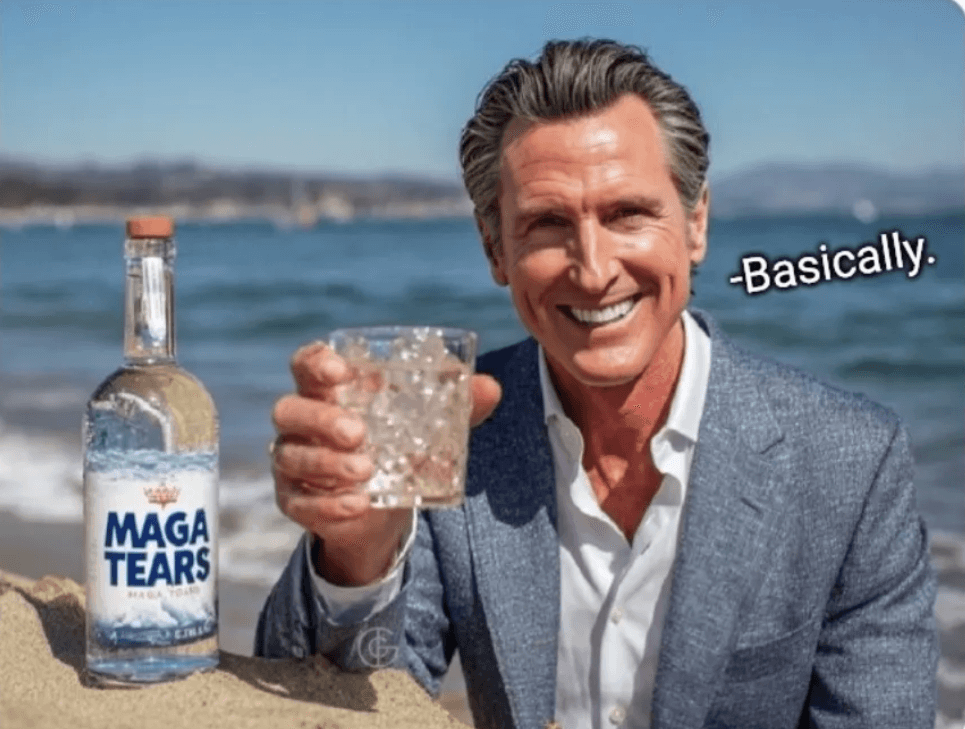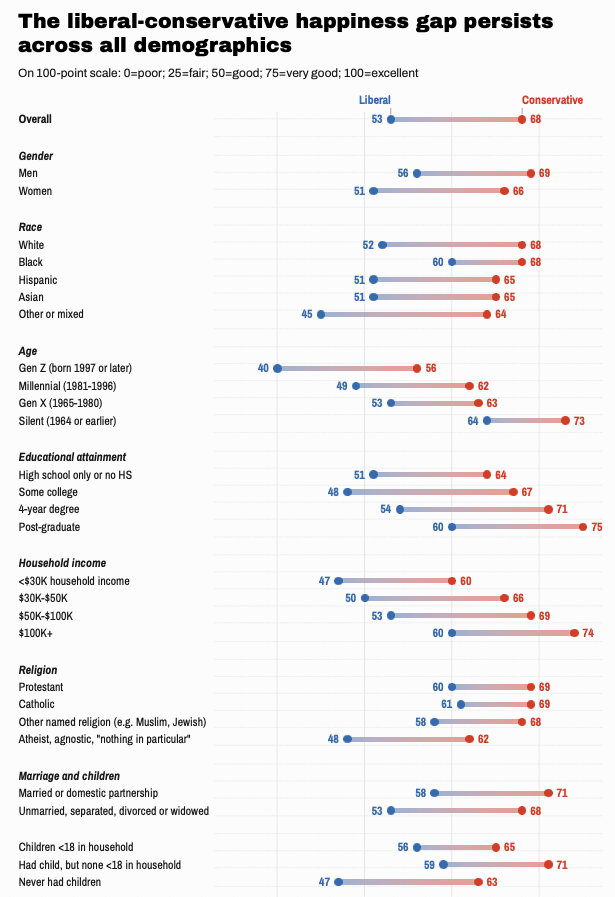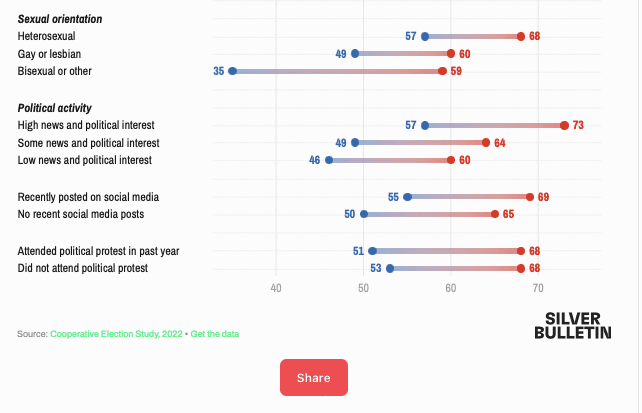For better or worse, the folks who run for library board and school board are a bizarre lot of political weirdos. It takes a lot of work and time and money to run for these boards, and you have to endure endless insults. For what? If you win, there’s no pay, and you get to sit through long, boring meetings. Because of this, almost everyone, who choses to run for these positions is a weirdo with a bering desire to either ban some book or idea, or to promote them. The rest are little better: developers who want to expand buildings and grounds. I don’t think this problem is unique to the US, or new. That’s just the way it is, and has always been. Noah Webster complained about this in the early 1800s. The net result is large schools – larger than they have to be – and many banned books, plus a preponderance of really perverted books.
In terms of teaching, I find myself on the side of classic books that are fairly non-sexual. That’s because I read them. Many people find them dull. I suspect that the students would prefer more modern and racier fare, or no books at all, but what do I know. In terms of library purchase, I like variety, but virtually no library works that way, either the board are a band of perverts pushing weird sex on under-age kids, or they are blue-noses who want to keep Shakespeare from the shelves. I also claim to prefer a diversity of opinions both in the classroom and in the library, but I suspect that, I’m likely to favor my own opinions over others. Below is the selection of banned books that the “don’t censor” organization wants on all shelves, all gay or transgender, as best I can tell. .
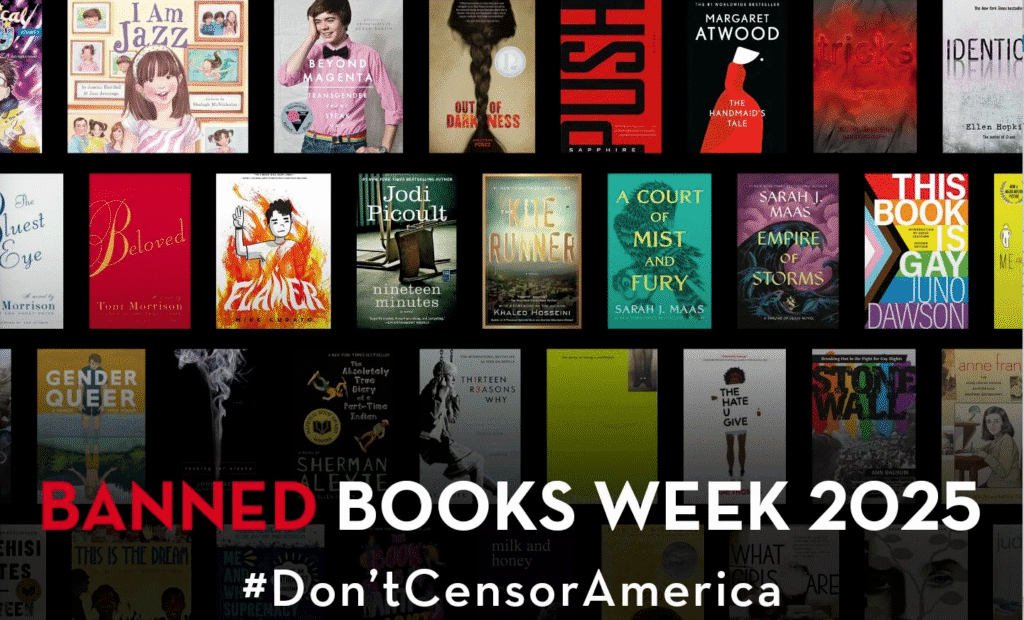
Sometimes very good books get banned, for no reason, or modified. This was done with Bowdlerized Shakespeare, for example. Once banned, it’s a lot harder to un-ban a book than it is to ban it. You’d have to get an unbanning committee together, almost impossible, and get them to read all the books. They’d have to make a coherent argument for their merits, and then have some vote. It would help to have balanced boards, but I fear that’s not likely/ possible. If nothing else, I’d like a time limit to banning: any banned book stays banned for only 12 years, or so.
I ran for school-board one year, by the way, and lost. I campaigned on math and science education, and less money for ever larger buildings and grounds. Against AI teaching of math and reading, claiming that math education suffers,. I also like cursive handwriting, something I consider an art form. I lost. You can find my Ballotopedia page if you’re interested.
Robert E. Buxbaum, November 28, 2025
